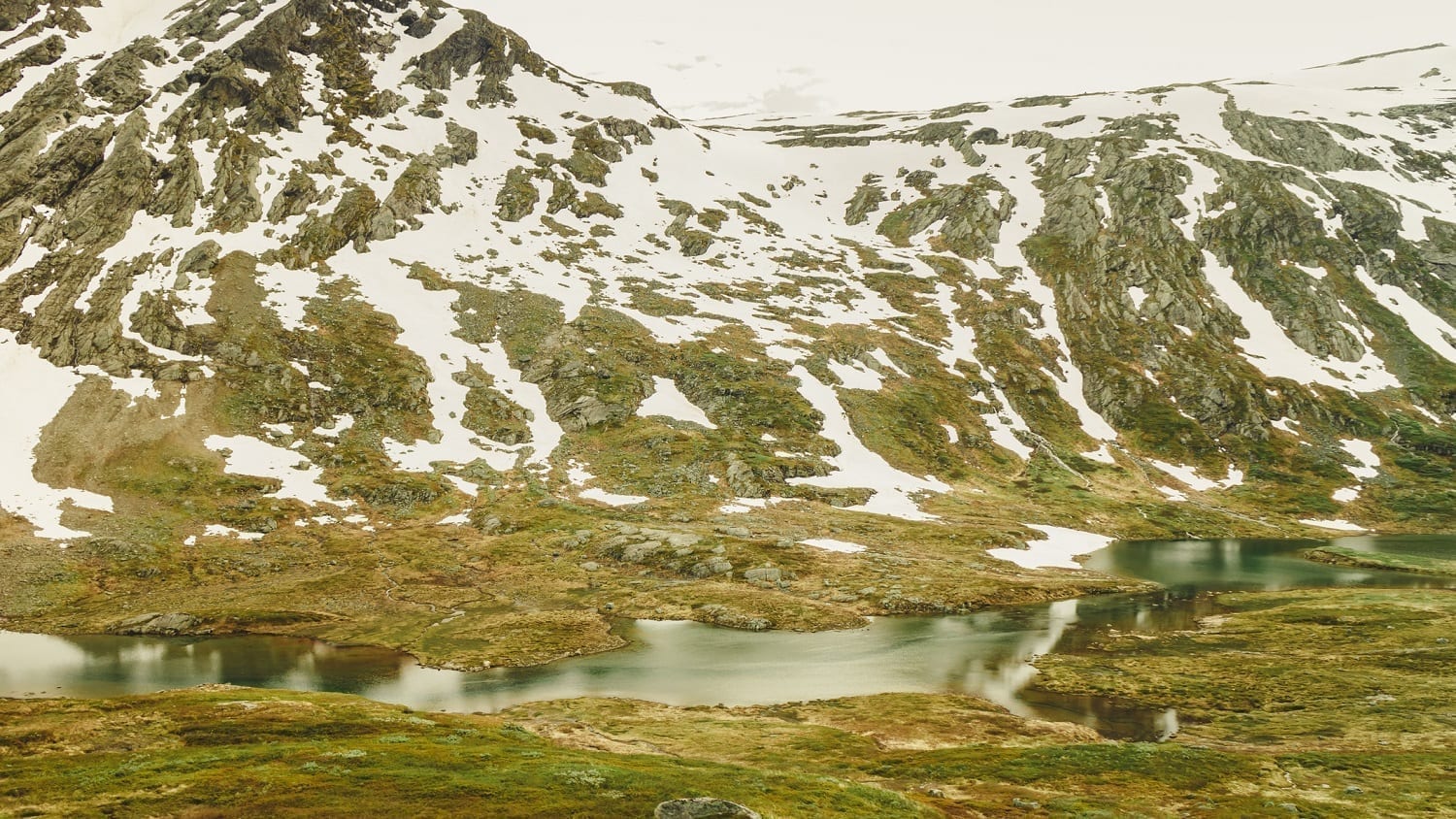[Originally published as part 1 of Evolution, Not What They Once Said]
The armored dinosaur fossil preserved in exquisite detail unearthed in a western Canadian oil sand mine highlights the new daunting challenges facing the theory of evolution. This stunningly preserved fossil is shattering long-standing paradigms.
‘The more I look at it,’ said Michael Greshko science writer for National Geographic, ‘the more mind-boggling it becomes.’
Caleb Brown, a paleobiologist at the Royal Tyrrell Museum where the fossil was placed on exhibit in August 2017, explained to Greshko, “We don’t just have a skeleton… We have a dinosaur as it would have been.” The museum is host to one of the largest dinosaur collections in the world. Now the fossil, known as Borealopelta markmitchelli, has the evolution industry struggling to place a new species in the mythical world of biological evolution, not what they once said it should be.
Fort McMurray
Oil sand heavy-equipment operator, Shawn Funk, early in the afternoon of March 2011, was shoveling his way through the oil sands mines in Alberta, Canada, operated by Suncor. Recognized now as one of the largest petroleum reserves in the world, the area emerged as a massive final resting place for the remnants of ancient marine plants and creatures overwhelmed during the earth’s global flood.
After spotting a glimpse of an unexpected lump in his shovel-load of material, Funk immediately shut down his enormous workhorse. The excitement captivated everyone in the mining company. They immediately sent photos of their findings to the Royal Tyrrell Museum in Drumheller, Alberta.
Nestled within the vast 540,000 square miles of the Western Canadian Sedimentary Basin in the providence of Alberta, Suncor’s oil sand mine is near Fort McMurray. Surrounded by boreal forests at the confluence of the Athabasca River and Clear Water River, the area sits at an elevation of 1,000 feet. In this area northeast of Calgary, Donald Henderson, the museum curator, said
We’ve never found a dinosaur in this location.
Fascinated with the photos, the museum sent a team to investigate. Two days later, expecting to find fossilized bones of a marine reptile, the museum team quickly realized something extraordinarily unexpected had been uncovered: a non-marine monster—a dinosaur of some sort.
“All the mine staff from every level and department,” Henderson reported in The Guardian, “were tripping over themselves offering help.” After receiving three days of intensive training, the newly formed Suncor extraction team began the tedious fossil rock liberating process.
It took two weeks of 12 hour shifts, dealing with damaging dust and diesel exhaust, for the team to successfully extract a 15,000-pound rock containing the mega-fossil. All the while they did their best to capture their endeavors on camera. Plaster-wrapped and hoisted onto a truck bed, the treasure-laden rock was finally sent on its 420-mile museum-bound journey to Alberta.
Museum paleontologist, Mark Mitchell, was entrusted with the project of stripping away the hard-set sediments from the fossil. Extricating the skull alone took nearly eight months. In total, after more than 7,000 hours of chipping-away over nearly six years, the an 18-foot-long dinosaur fossil weighing nearly 3,000 pounds was finally ready to be open to the public.
Bottom of the Sea
Dubbed the “four legged tank” with two 20-inch long spikes protruding from the shoulders, the “body was submerged at the bottom of the sea,” explained Daniel Uria writing for UPI news. How a terrestrial monster could have ended-up at the bottom of the sea quickly emerged as an issue.
“Finding the remains of an armored dinosaur that was washed far out to sea was huge surprise,” said Henderson in an interview with Blake de Pastino writing for Western Digs. Science writer Ed Yong writing for The Atlantic speculated:
Somehow, this particular individual ended up at sea. Perhaps it got careless on a shoreline. Perhaps it drowned in a flood and was washed out to sea.
Struggling with the issue, Greshko with National Geographic (link at beginning of the article) advanced essentially the same theory:
This armored plant-eater lumbered through what is now western Canada, until a flooded river swept it into open sea.
After speaking with the museum paleontologists, Cecile Borkhataria and Tim Collins, writing for Britain’s popular Daily Mail, reiterated the now unavoidable flood theory:
The researchers believe that the dinosaur lumbered through what is now western Canada, until a flooded river swept it into open sea.
The Deer River Valley oil sands, however, are located on the eastern slopes of the Canadian Rockies. That’s a problem.
In the absence of a massive global flood event, since the oil sands are far from any large body of water, the theory does not explain how a terrestrial dinosaur could somehow end up in some unknown long-gone sea.
The pristine fossil record evidence from Borealopelta markmitchelli, rather than pointing to Darwin’s theory of “slight, successive” incremental changes over long periods of time, points to a near instantaneous massive global flood phenomenon. Evolution, not what they once said it should be.
Like A Statue
“It’s an animal so well preserved that its skeleton can’t be seen for the skin and soft tissues that still cover it,” explains science writer Ed Yong in The Atlantic article entitled “A dinosaur so well preserved, it looks like a statue.”
CNN writer, Matt Rehbein’s article “Shocking lifelike dinosaur fossil makes public debut,” agrees with Yong:
The sleeping giant you see when you look at it is astounding. For one thing, you don’t see bones; most of the skeleton is undetectable because it’s covered in fossilized skin and, as the museum describes it, ‘encased in intact body armor.’
Fossilization of the armored dinosaur happened quickly—not over a long period of time. According to Yong:
The dead dinosaur sank and hit the ocean floor hard enough to leave a small crater. Before sharks had a chance to nibble it, or worms had a chance to bury into its bones, it was quickly smothered by fine sediment and sealed off from the outside world.
“Normally when we find dinosaur fossils we just have a skeleton, the bones. And we have to use our imaginations to reconstruct what they look like,” explained Caleb Brown in an interview with The Guardian. Brown continued,
In this case, we’re very lucky in that it’s not just the bones; we have all of the armour, the osteoderm is preserved, we also have all the skin preserved and it is in three dimensions.
Contrary to the evolution industry’s once-popular foundational theory of uniformitarianism, fossils do not develop over long periods of time – as illustrated by Canada’s Red Deer River armored dinosaur. Darwin was wrong about fossilization. Evolution, not what they said it should be.
To be continued…







